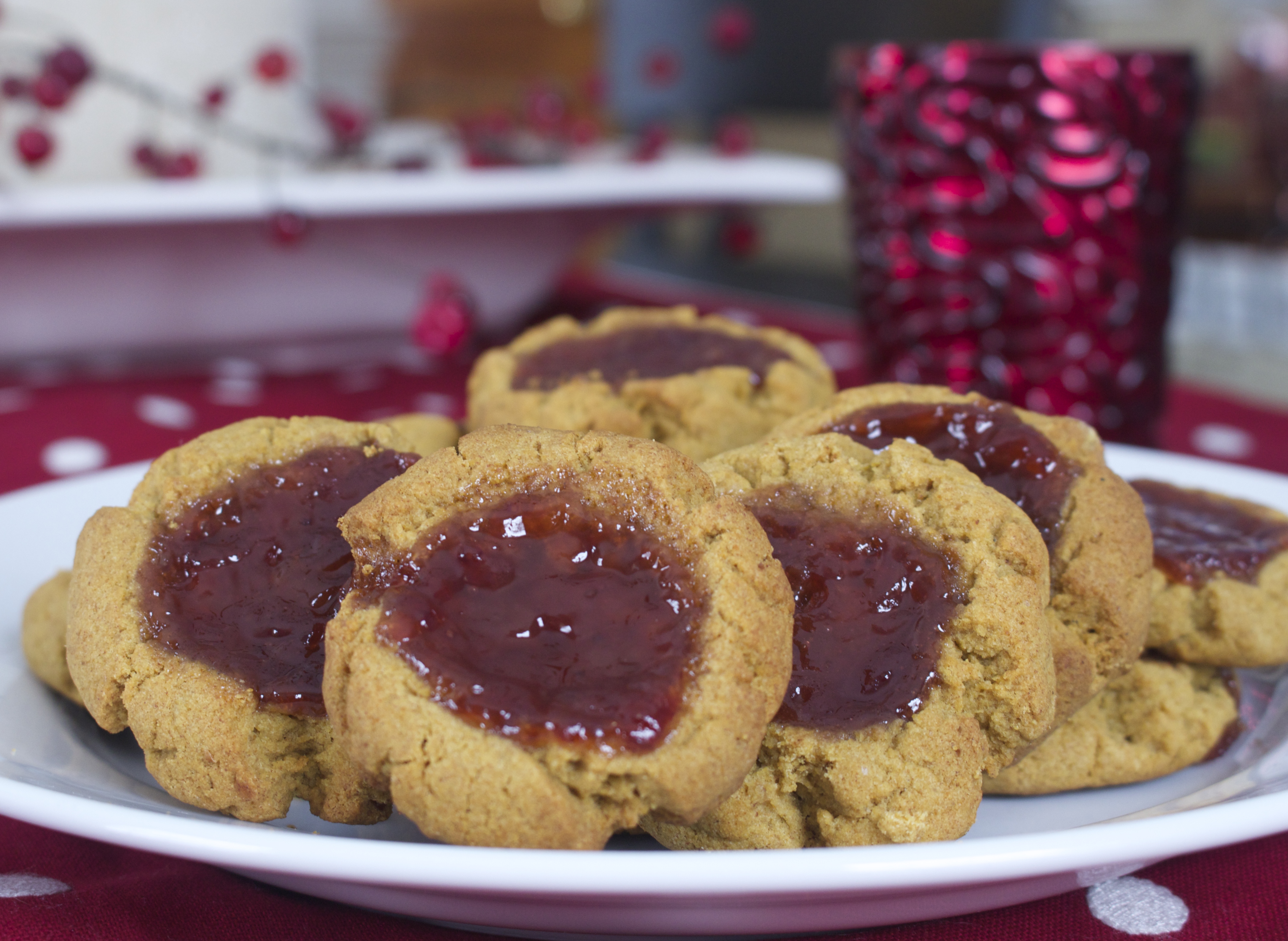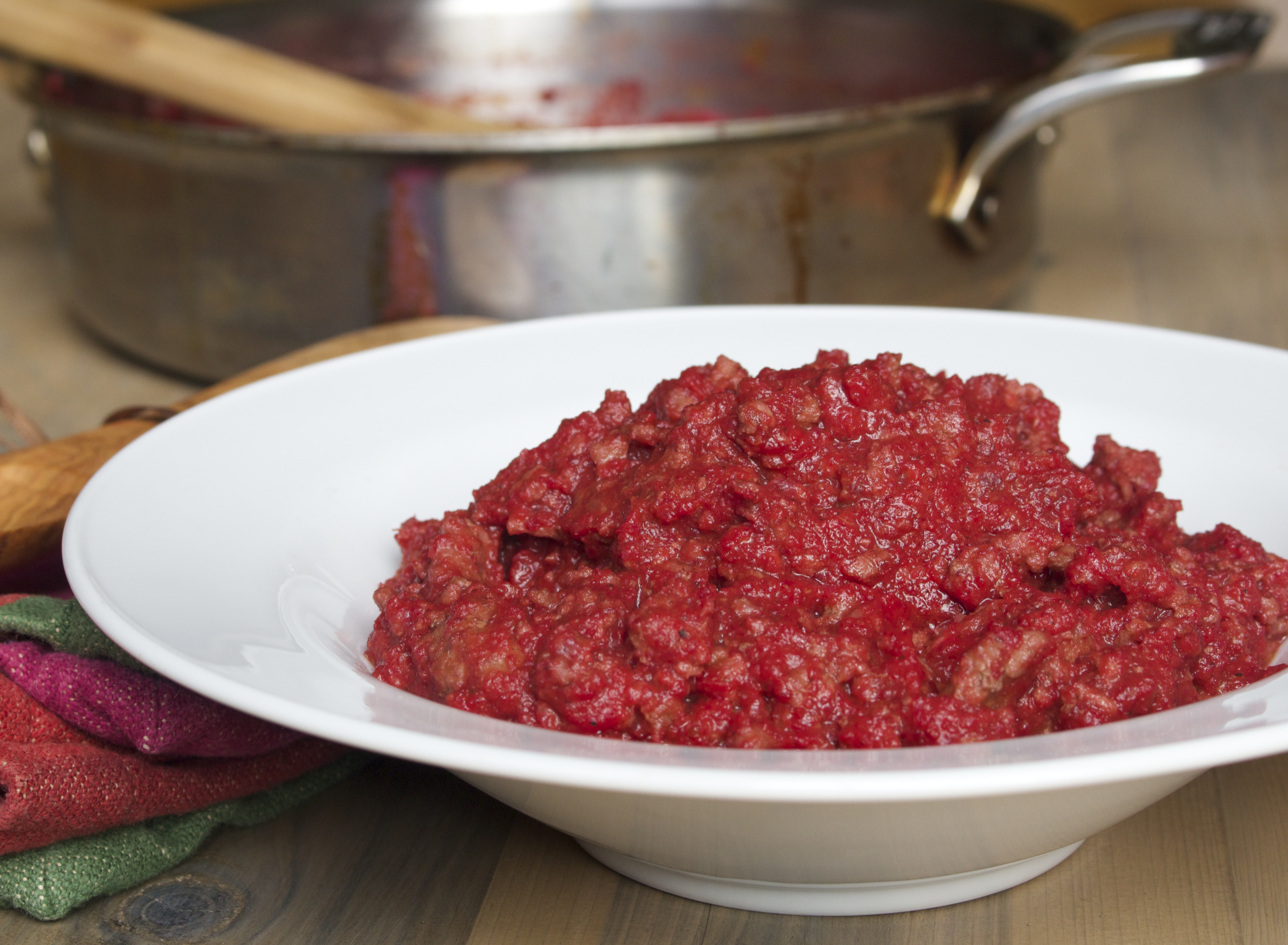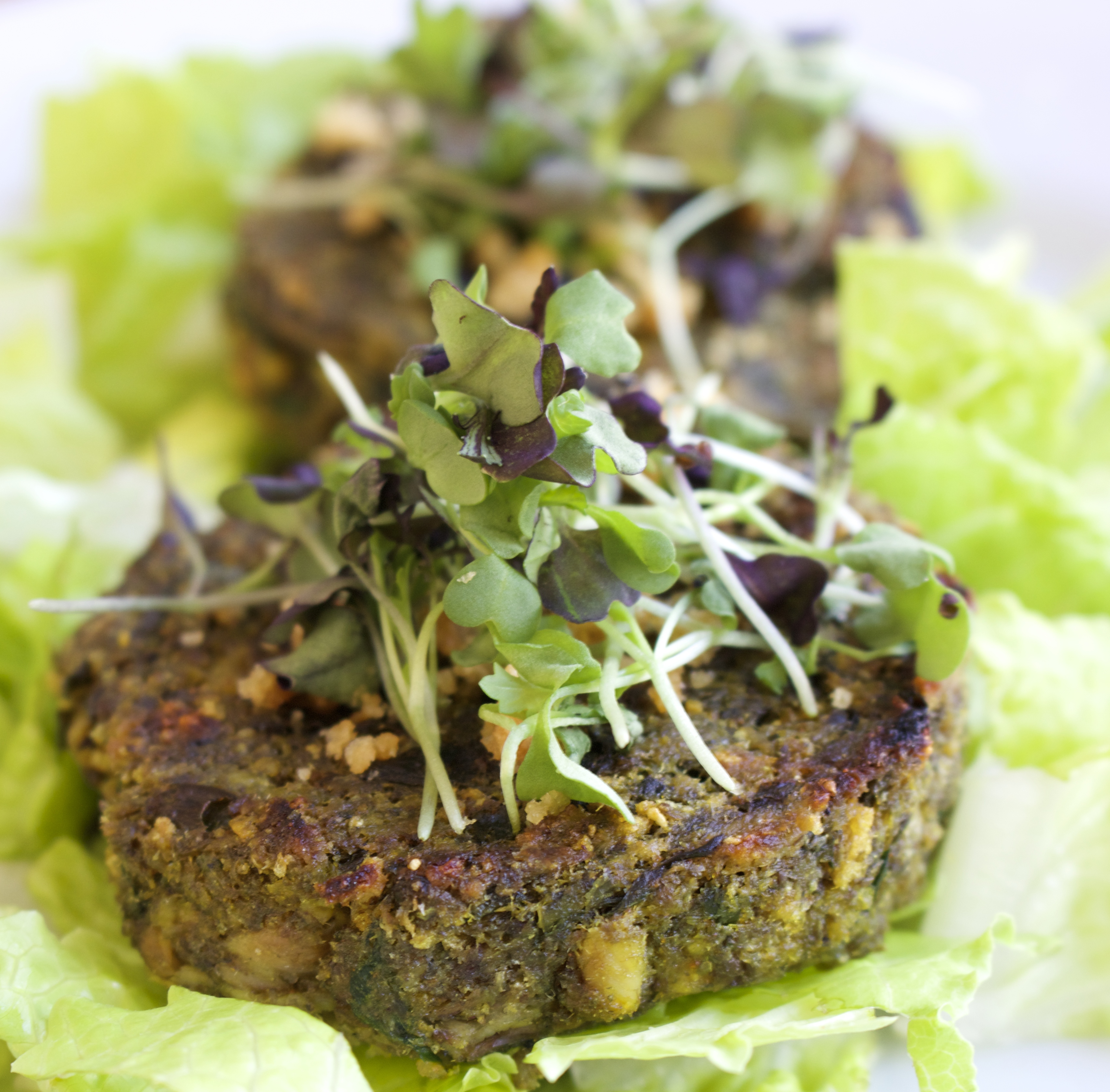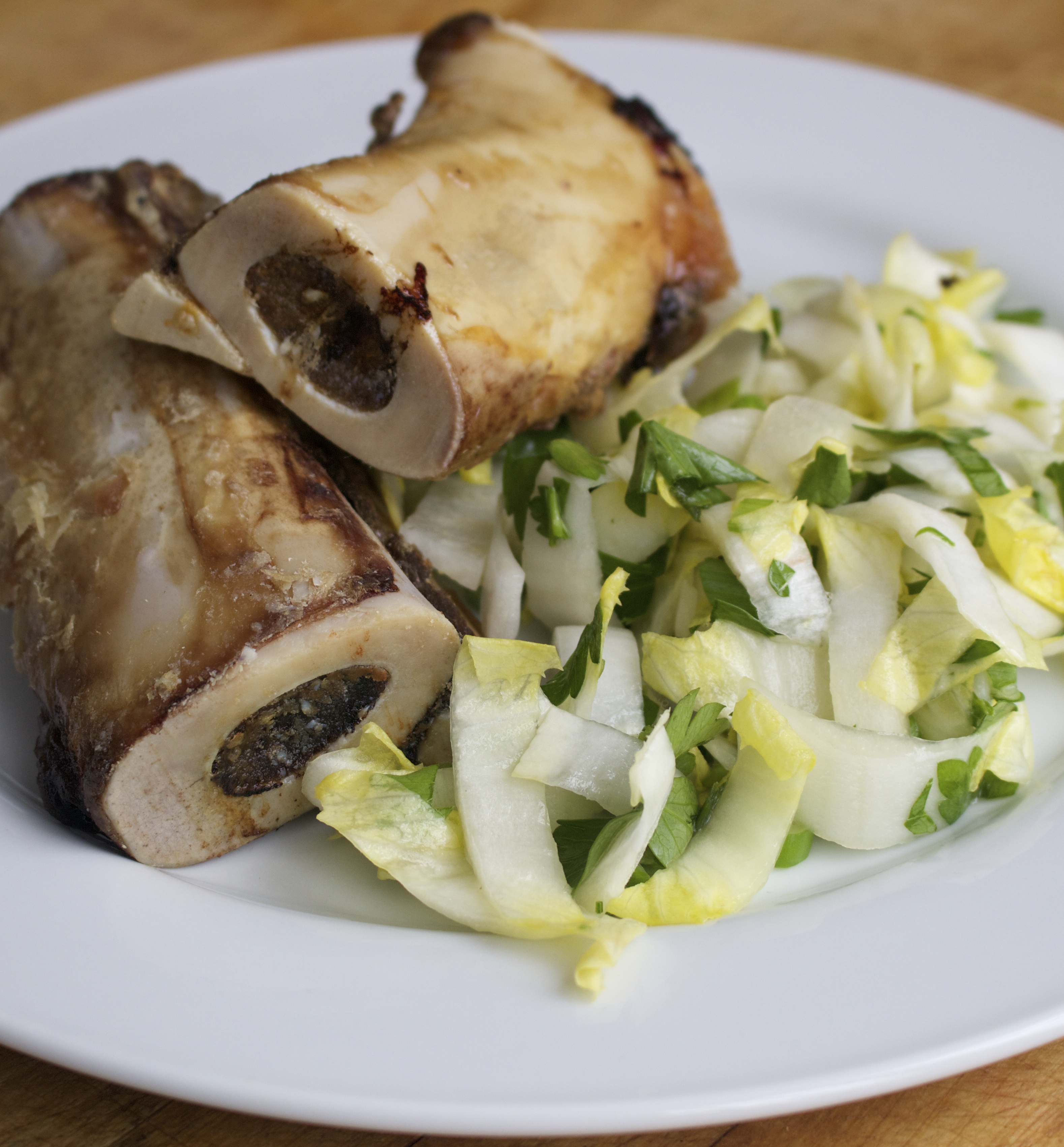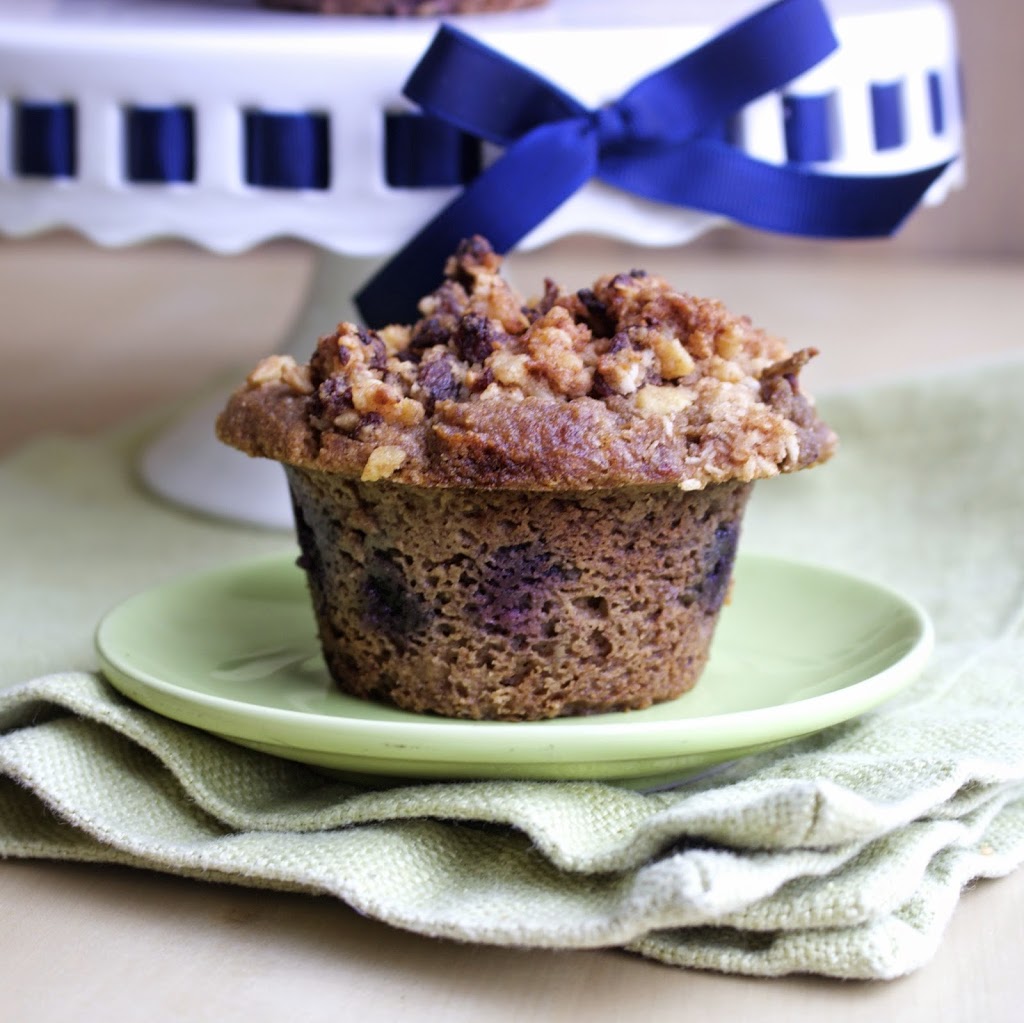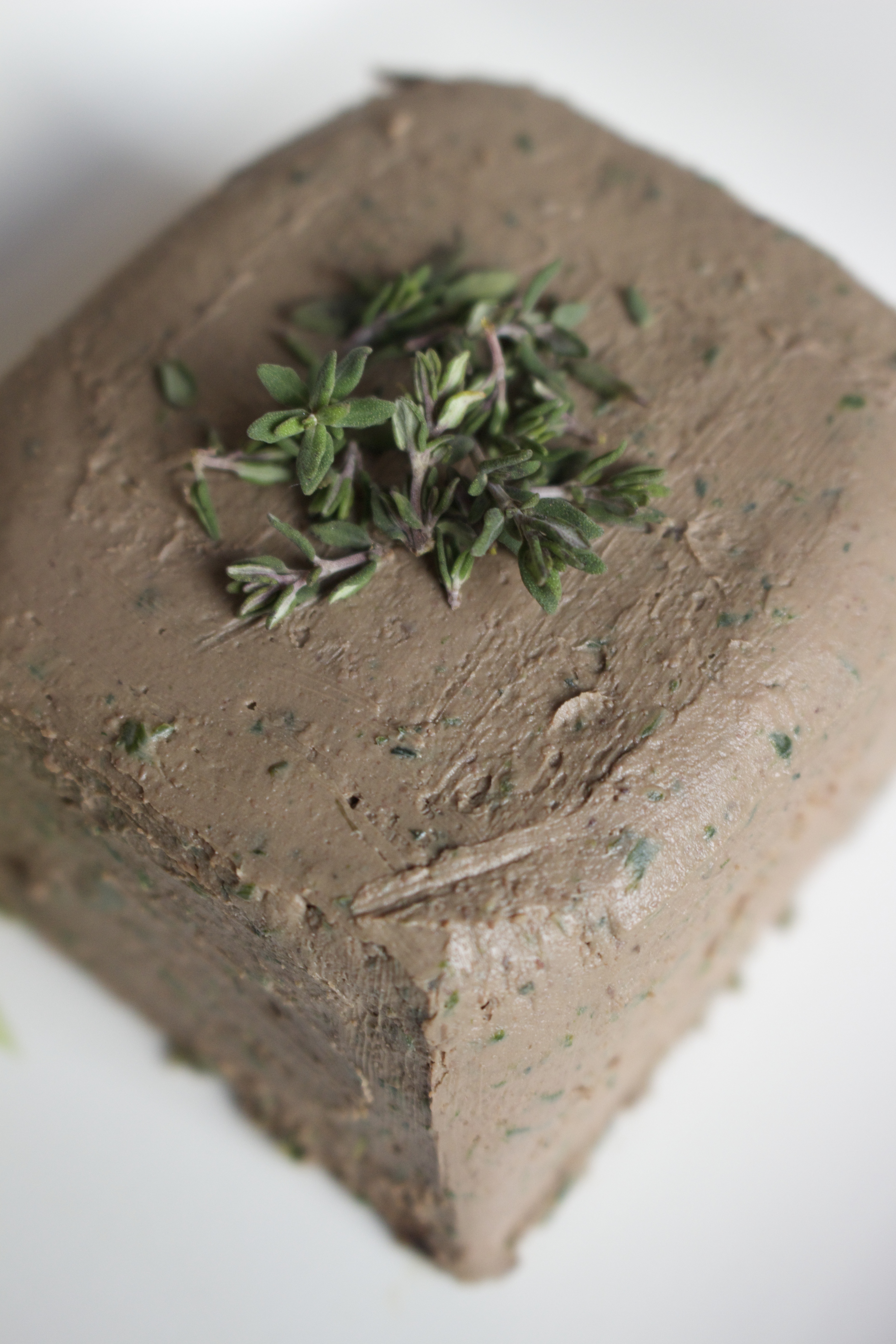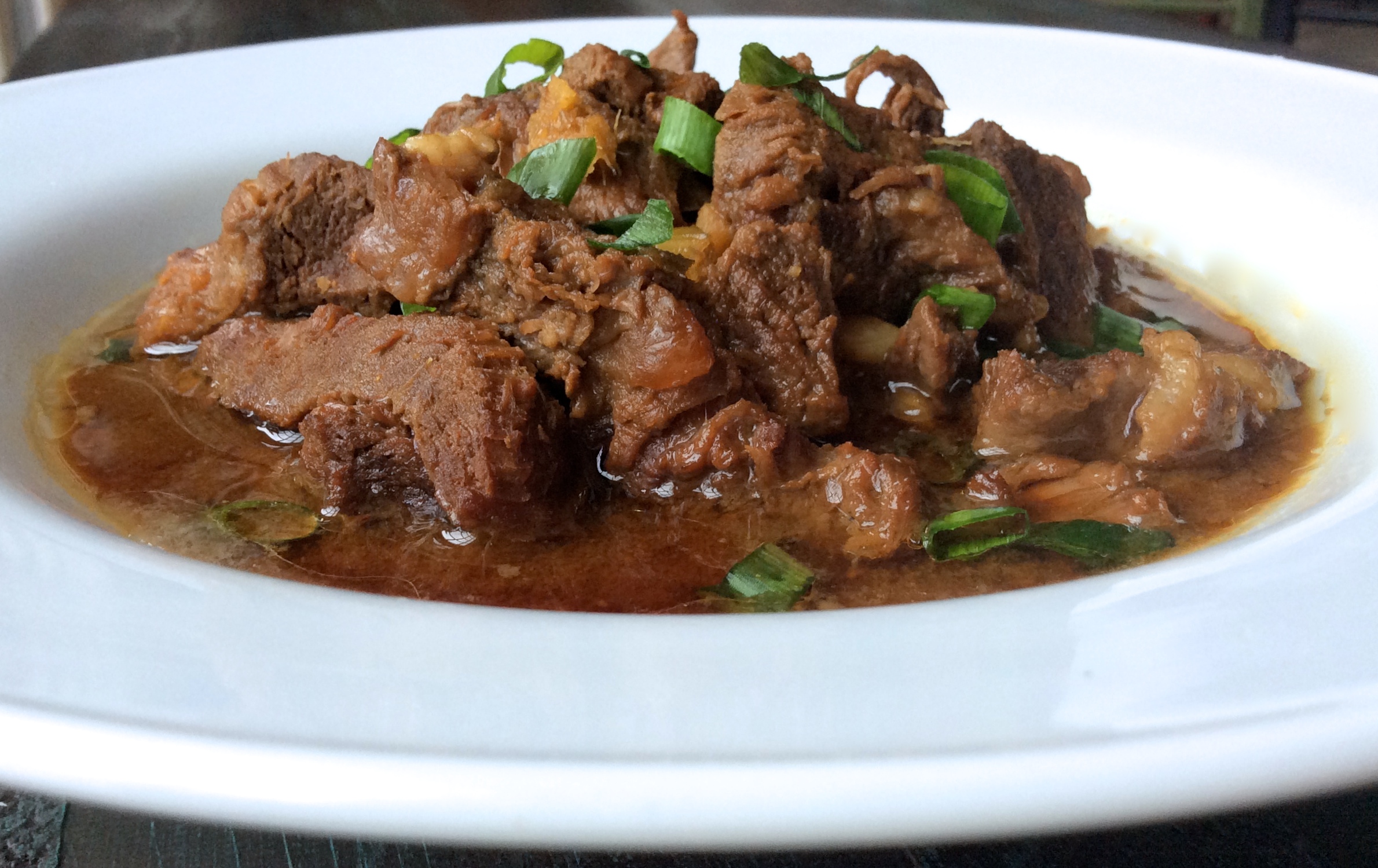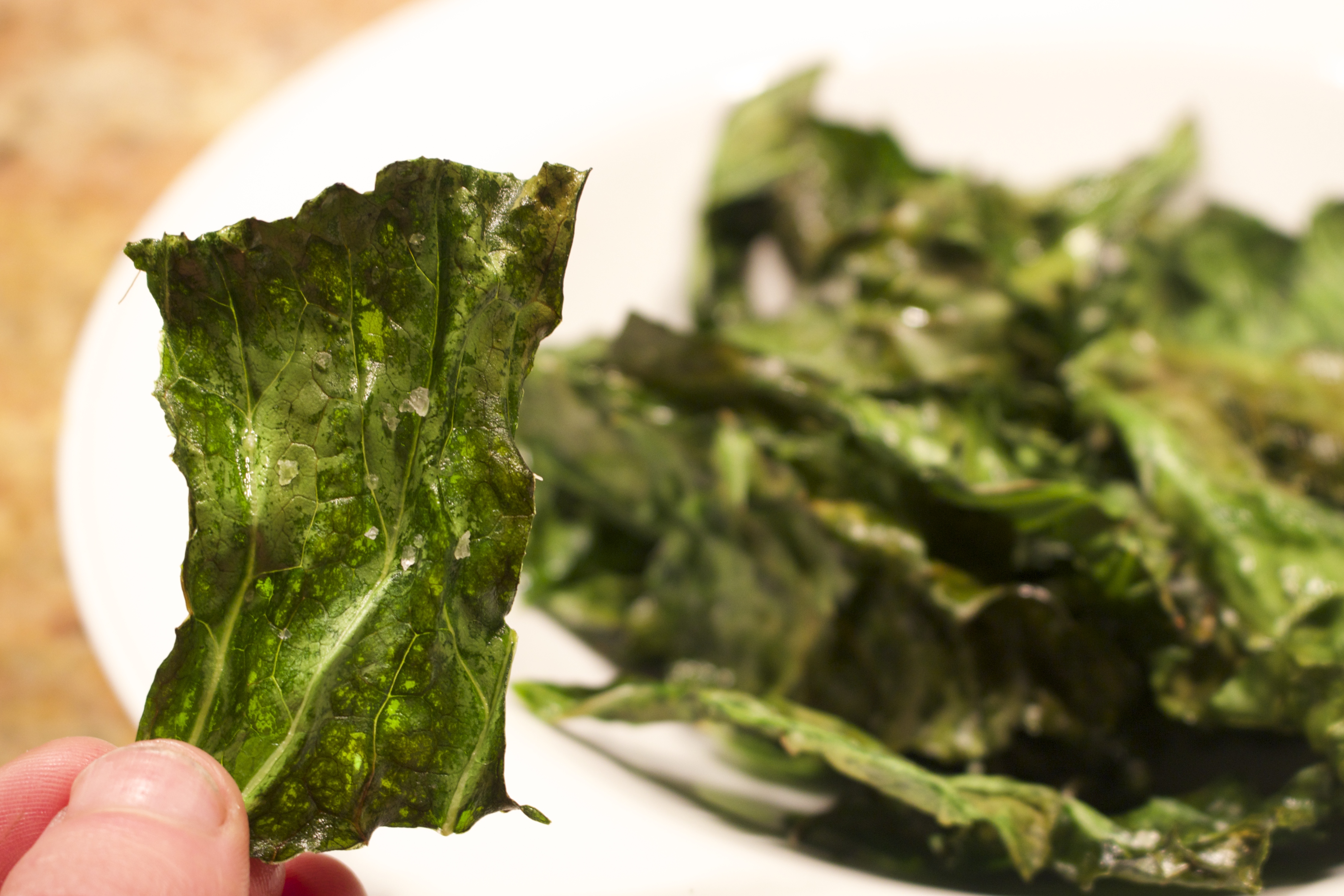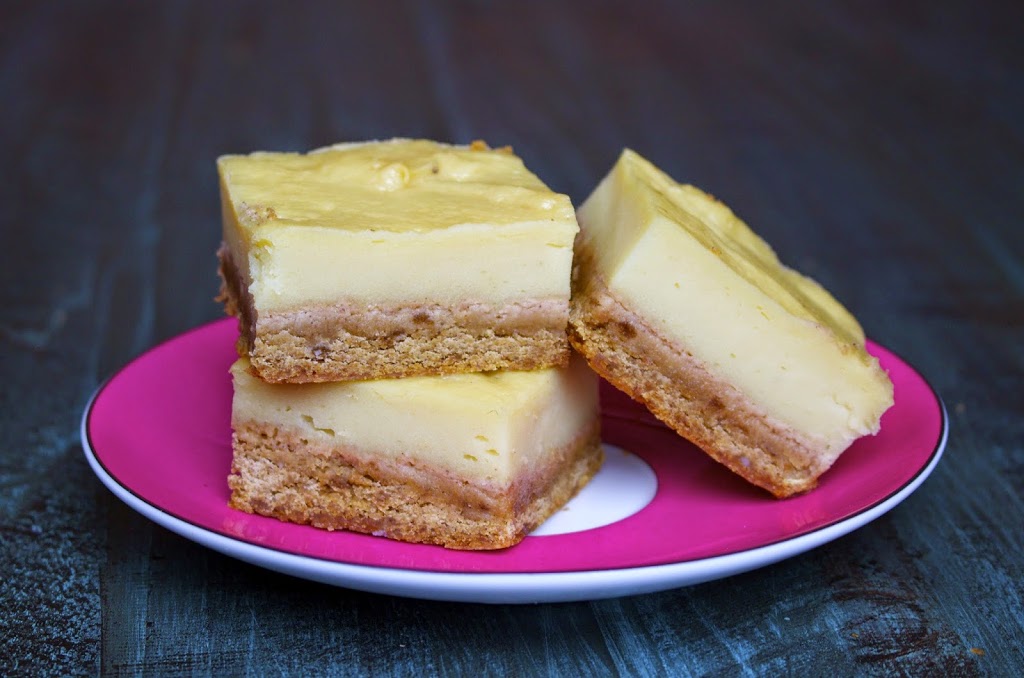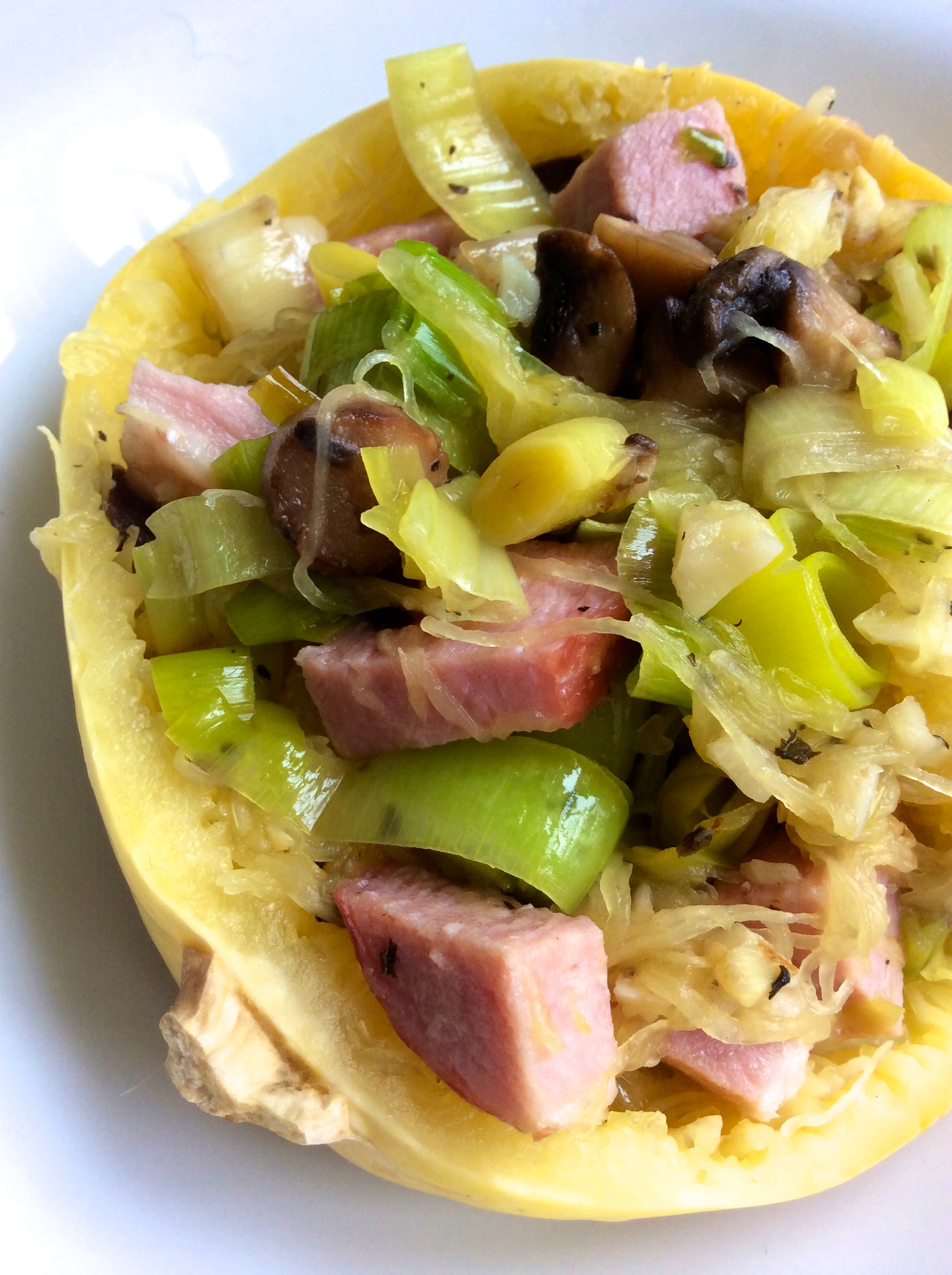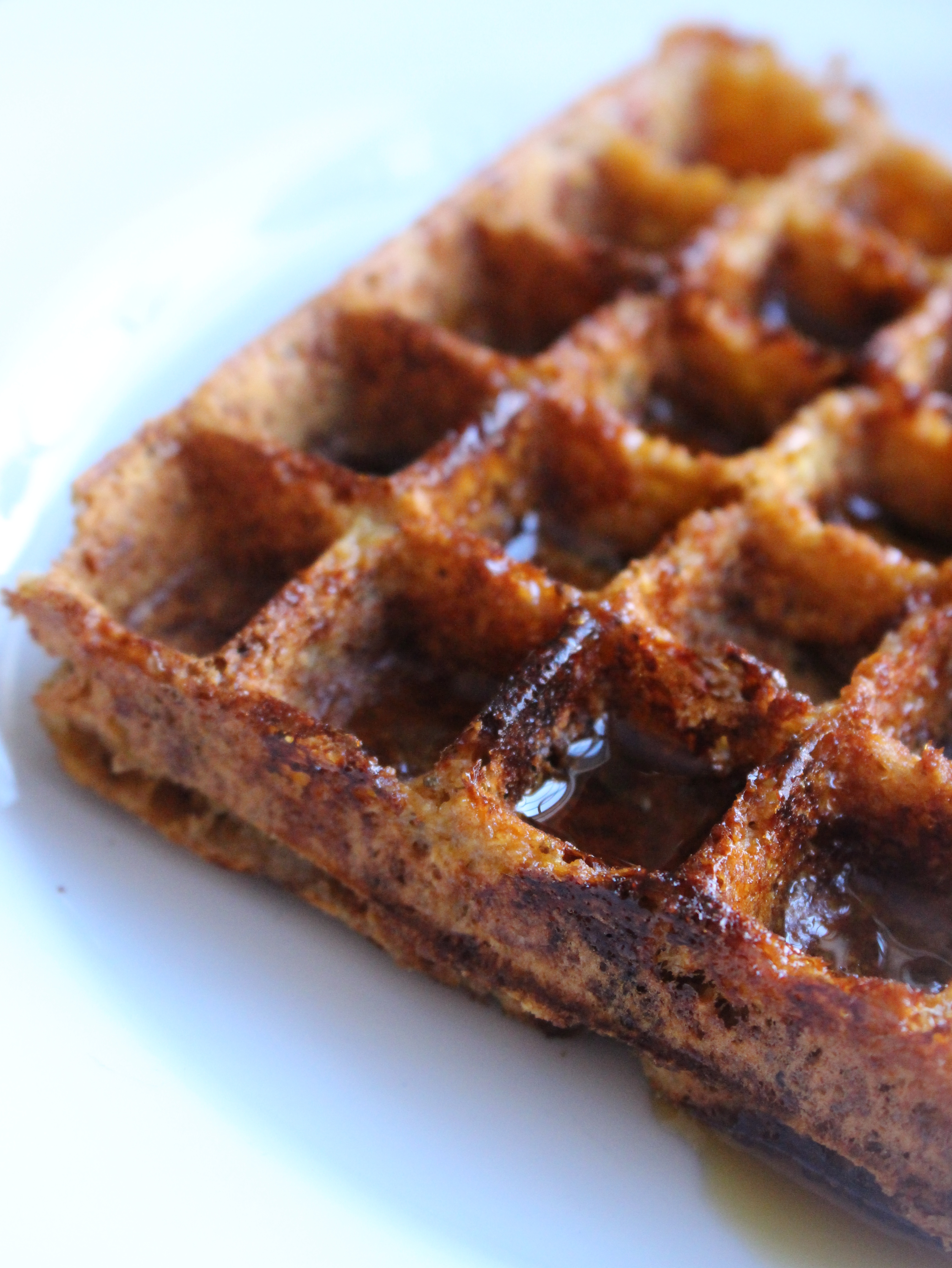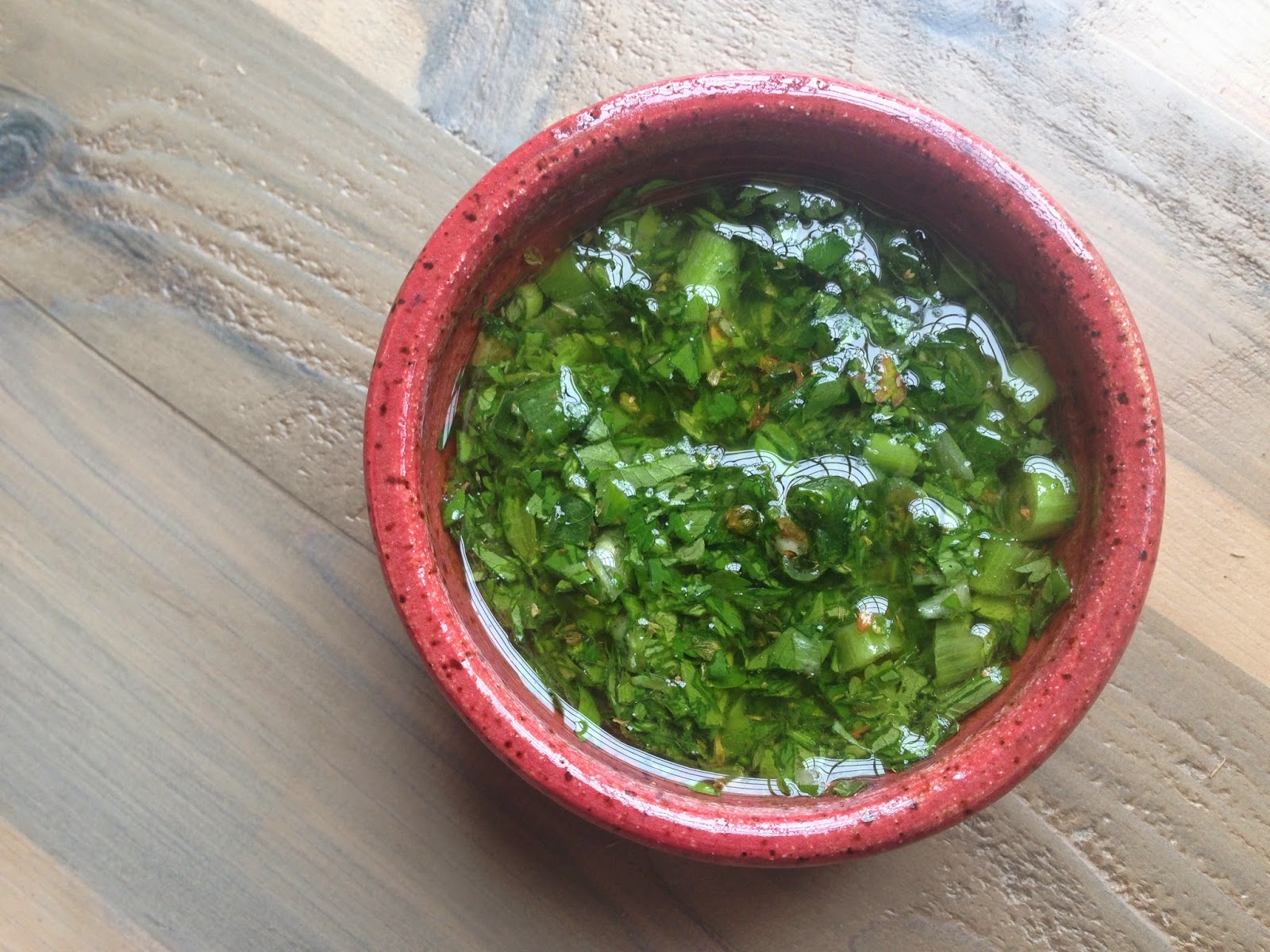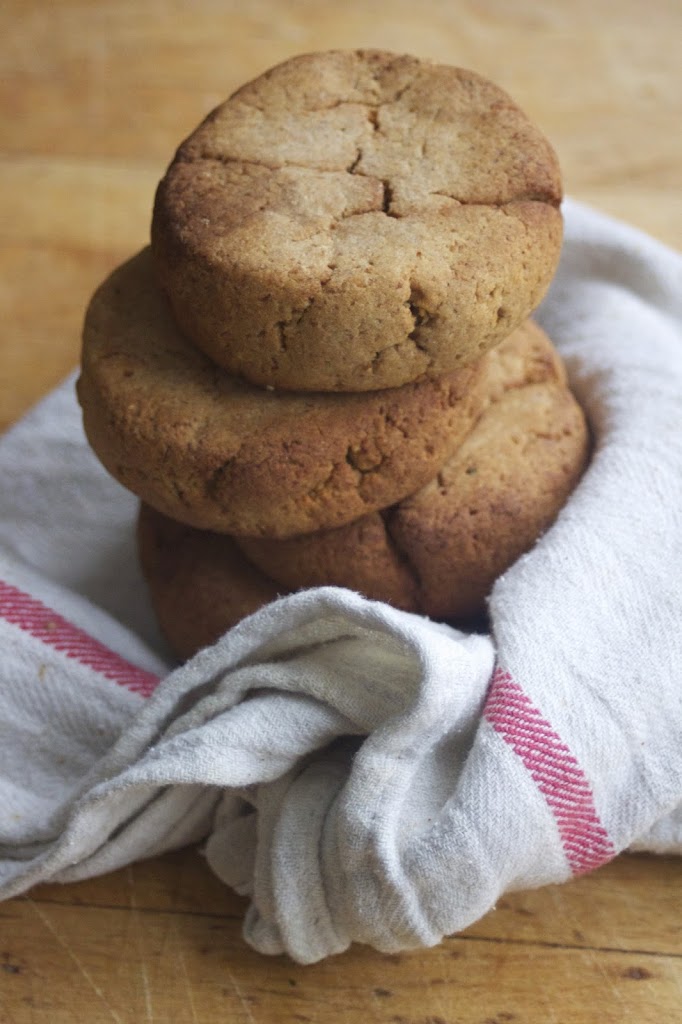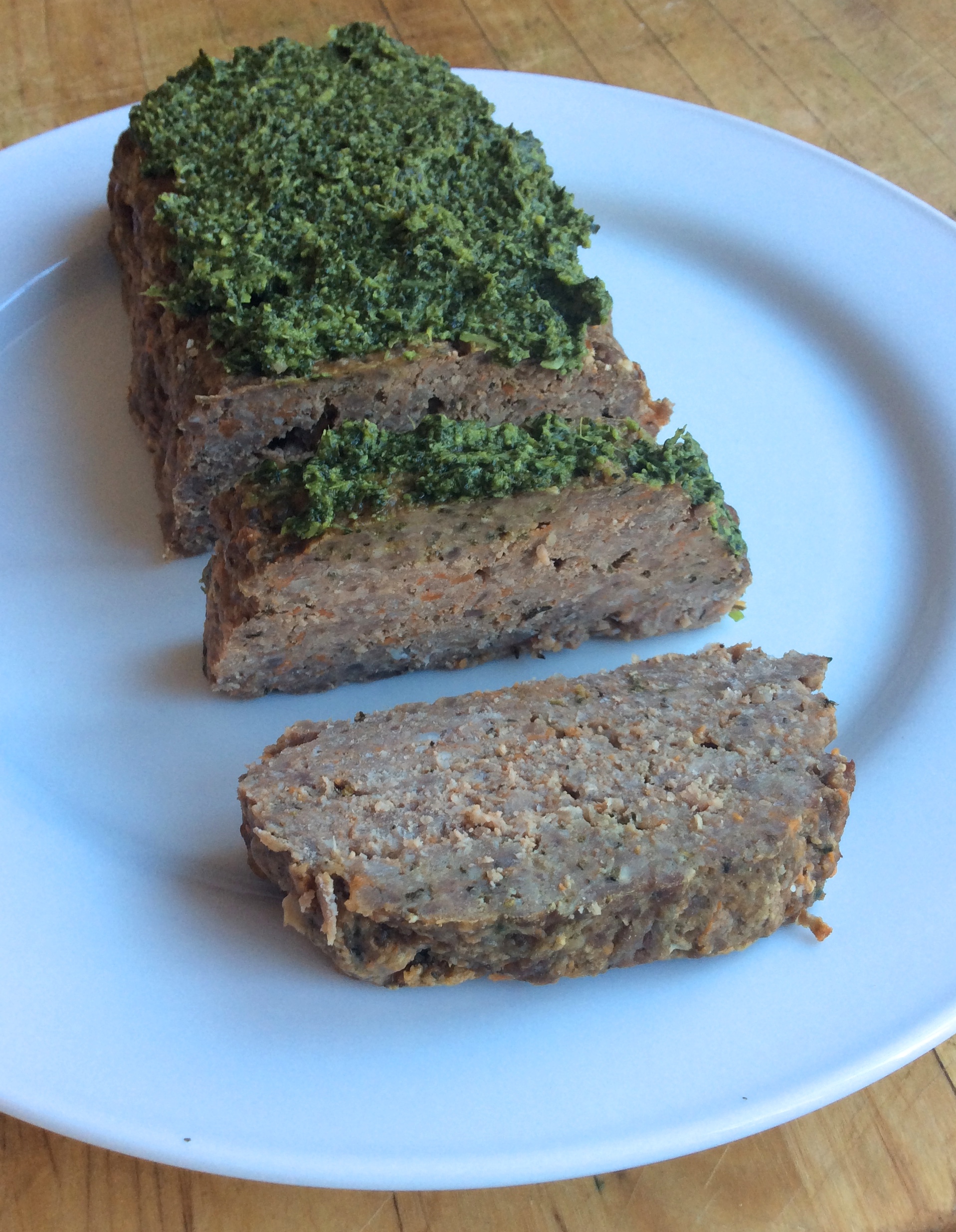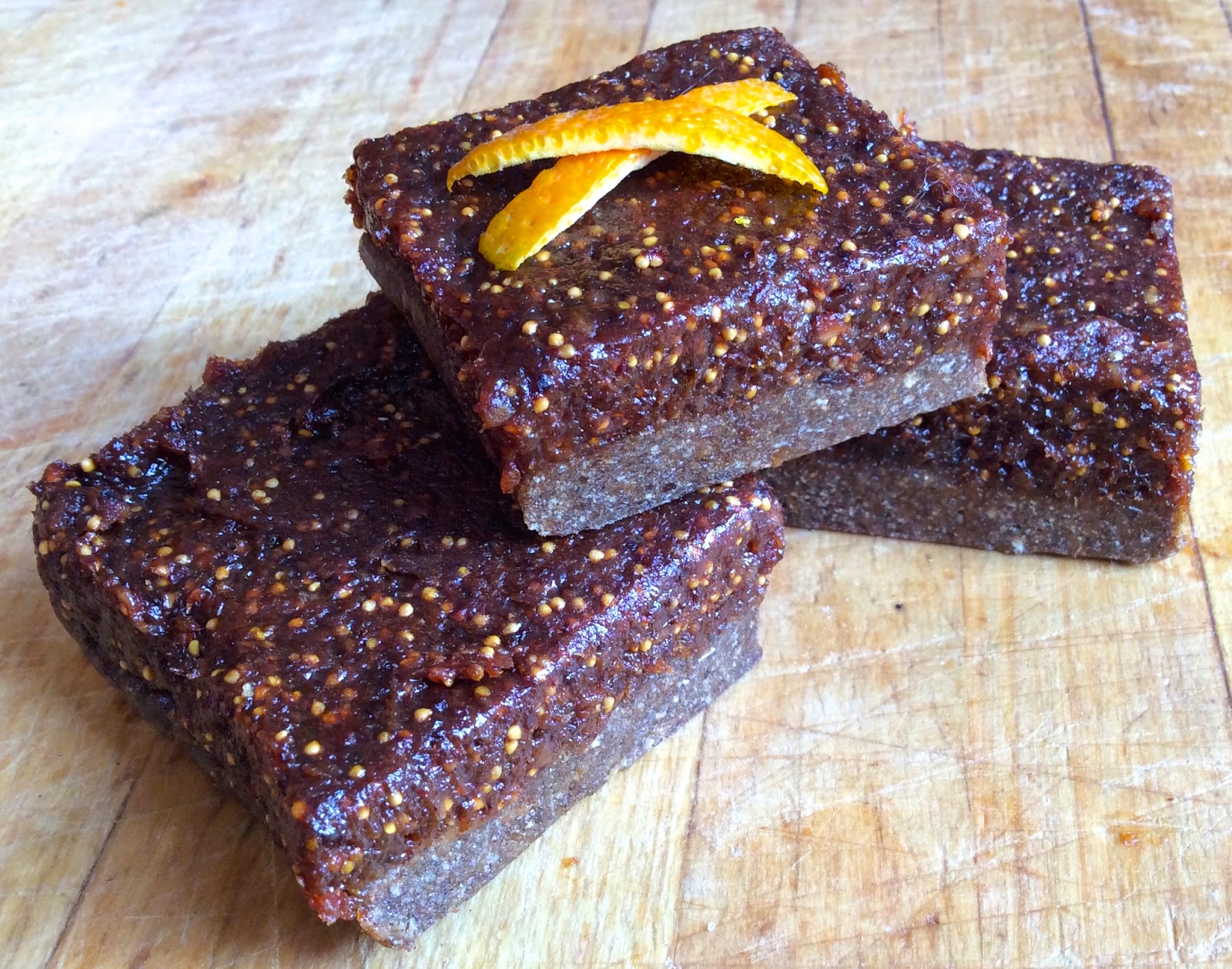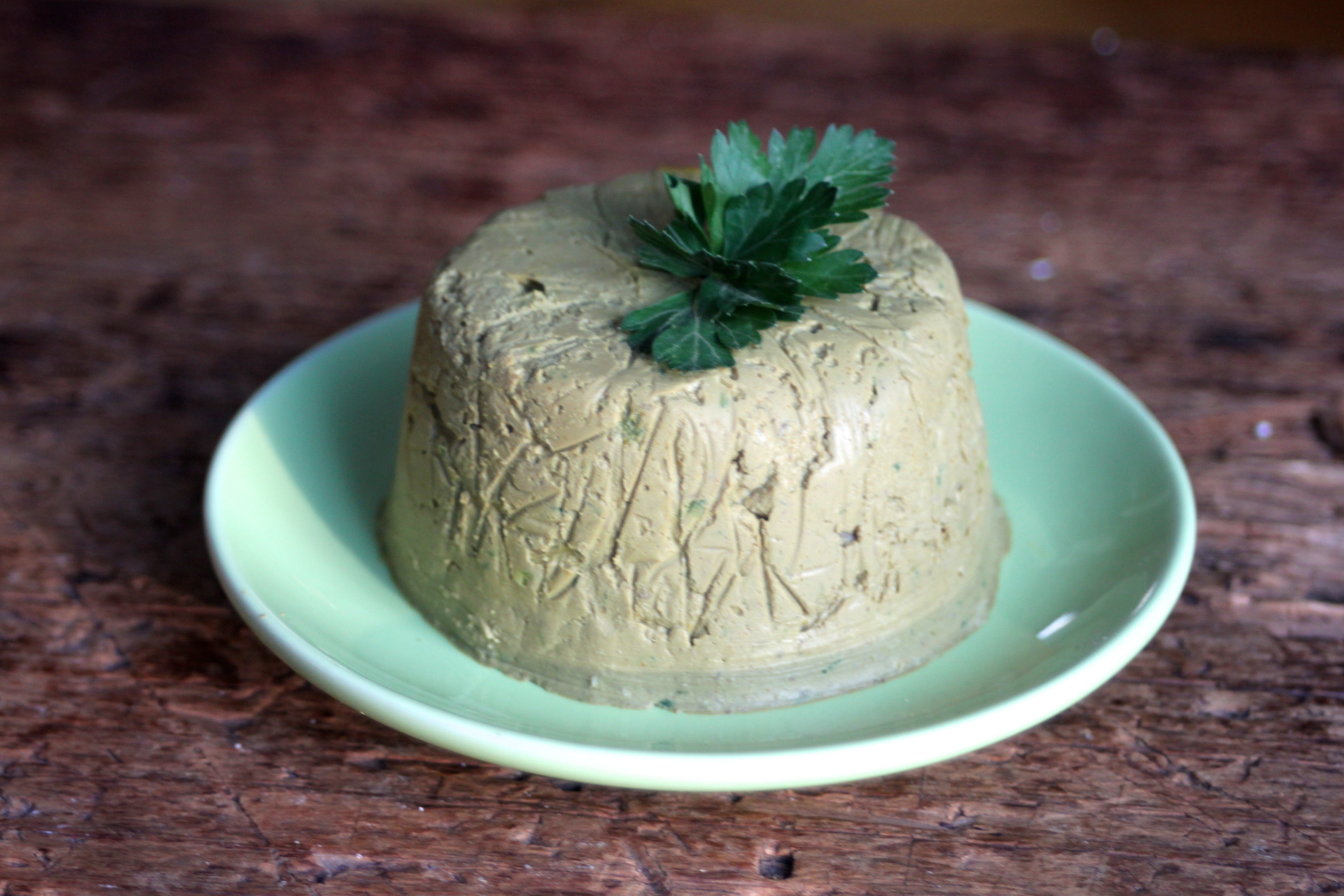As part of my month of February recipes dedicated to using naturally red and pink, I simply had to include today’s ginger jam thumbprint cookies. Originally, I had set out to make a red tinted cookie, however, the color of the sweet potato flour over-powered the hue of the beet, and therefore made the cookies orange. Regardless, the jam filling was still red, and because my family and friends were so fond of them, I was left with no option but to share them with you all! A few notes on the ingredients – The first time I made these cookies I used green plantain puree, as this is undoubtedly one of my favorite egg-free binders in both savory and sweet recipes. However, because I wanted to make the recipe a bit more accessible for those that could not find plantains nearby, I decided to also make it using a yellow banana. The results were great, as the cookies held up under cooking quite well, the only difference is that there is a slight “banana-y” flavor at the end. I also experimented further and made the cookies using arrowroot in place of the tapioca, which also came out fabulous. With such great luck in today’s recipe of using banana, I am excited to say that this technique may work in some of my other recipes using green plantain, such as the gingerbread men, espresso fudge brownie bites, and cinnamon graham crackers. In fact, a green banana would certainly work even better than a yellow variety, due to it being more starchy. However, I cannot guarantee anything, so please, proceed at your own doing. For more ingredient substitutions, please locate the “recipe notes” below. As far as the jam filling goes, you can use whatever you have on hand, or make half batches of my raspberry jam or cranberry sauce recipe. Overall, these cookies were a hit, with the perfect sweetness and just a kick of ginger, they are perfect for any occasion. My mom actually loved them better than the typical, over-sweetened treat, while my father noted that the banana version was his favorite. Therefore, I know you will enjoy them just as much as all my family and friends this Valentine’s Day.
Ginger Jam Thumbprint Cookies
Print Recipes
(Makes 16)
Ingredients
- 1 cup tapioca flour
- 1/2 cup Anti-Grain’s sweet potato flour
- 2 oz (2 tbsp) green plantain – pureed *Substitutions below
- 1 1/2 tsp ground ginger
- 3/4 tsp baking soda
- 1/4th tsp sea salt
- 1/2 cup non-hydrogenated palm shortening
- 4 medjool dates
- 1/2 cup homemade raspberry jam
- Preheat oven to 350 degrees.
- In a small bowl, place pitted dates and fill with hot water, allowing to soak until soft.
- Peel and puree green plantain with palm shortening softened dates until completely smooth.
- In a small mixing bowl, mix together tapioca and sweet potato flour, ginger, sea salt, and baking soda.
- Slowly add dry mixture to the wet ingredients, pulsing until a dough has formed.
- Use a cookie scoop to transfer dough onto a parchment lined baking sheet.
- Make a large thumbprint over the top of each cookie.
- Fill each thumbprint with 1 tbsp of jam, placing the cookie sheet in the oven once all are prepared.
- Bake the cookies for 15 minutes, take the sheet out of the oven, and allow the cookies to cool for 15 minutes before removing from the sheet.
For Low-FODMAP, substitute 1/4 cup maple syrup in place of the medjool dates.
Psalm 141:8 “But my eyes are fixed on you, Sovereign LORD; in you I take refuge–do not give me over to death.”
